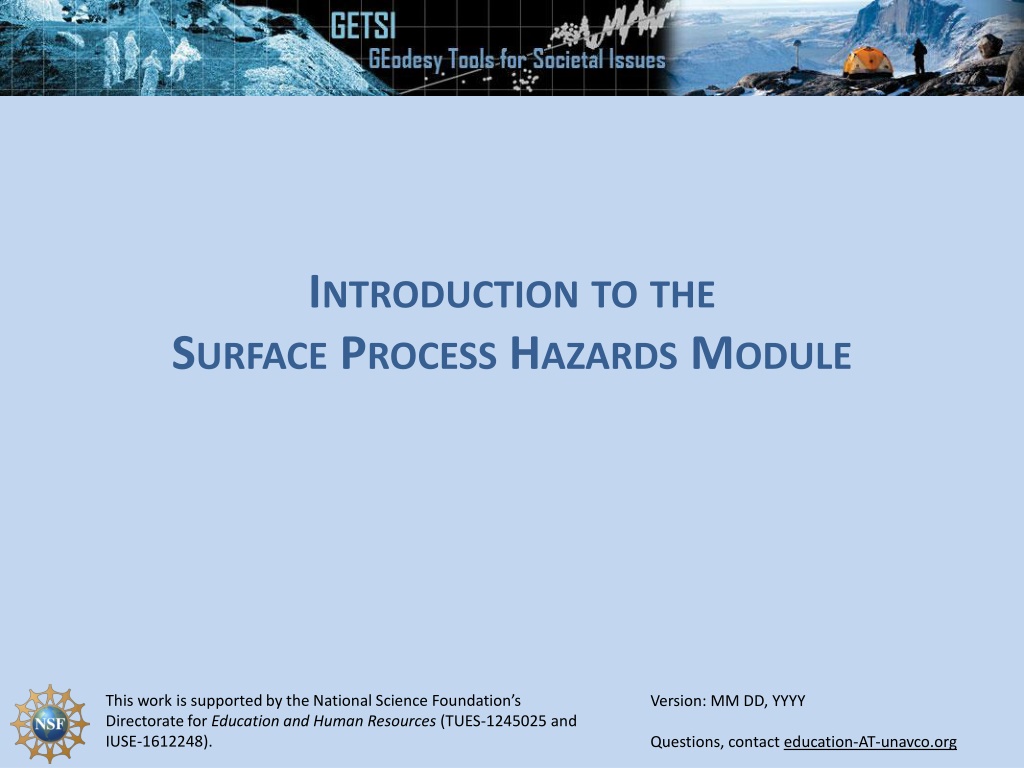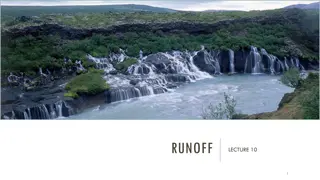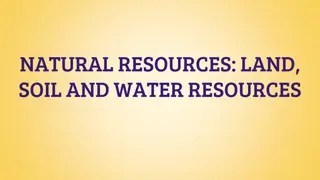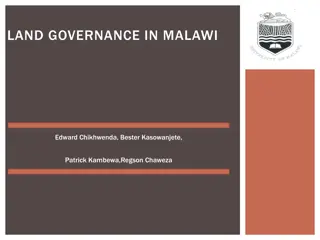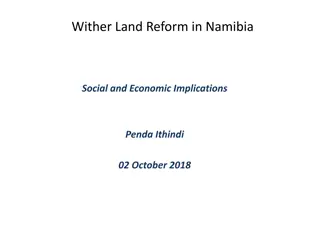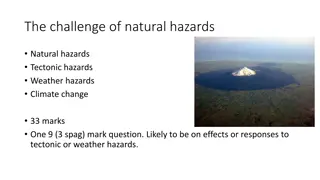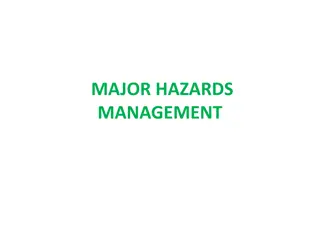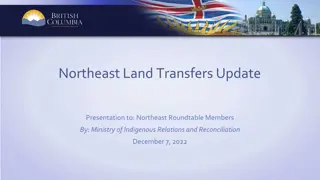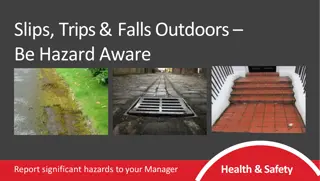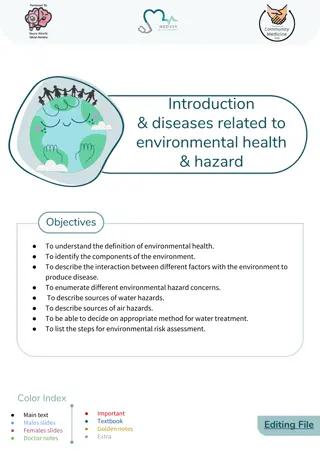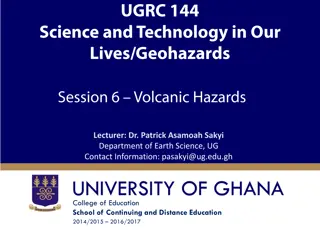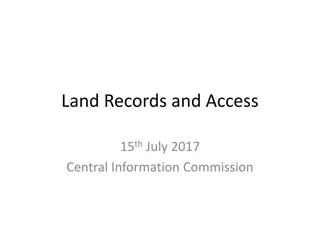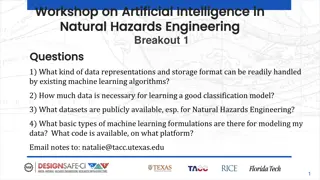Understanding Surface Process Hazards: Predicting Land Surface Changes
This module supported by the National Science Foundation explores how different forces impact landscapes, using case studies to predict and prevent mass-wasting events. Through 5 units, participants learn to read landscapes, analyze data sets, and develop hazard maps to mitigate future disasters.
Uploaded on Sep 15, 2024 | 0 Views
Download Presentation

Please find below an Image/Link to download the presentation.
The content on the website is provided AS IS for your information and personal use only. It may not be sold, licensed, or shared on other websites without obtaining consent from the author. Download presentation by click this link. If you encounter any issues during the download, it is possible that the publisher has removed the file from their server.
E N D
Presentation Transcript
INTRODUCTION TO THE SURFACE PROCESS HAZARDS MODULE This work is supported by the National Science Foundation s Directorate for Education and Human Resources (TUES-1245025 and IUSE-1612248). Version: MM DD, YYYY Questions, contact education-AT-unavco.org
SURFACE PROCESS HAZARDS MODULE We will looking at landscapes in different regions, which means a variety of earth materials responding to different forces (climate, tectonic, etc.) The purpose of this module is to learn how we can use different types of data to predict land surface changes over time in order to consider how society might be impacted (prevent loss of life and property damage).
SURFACE PROCESS HAZARDS MODULE We will work through 5 units to learn how to read the landscape , use a variety of data sets, and predict which regions might be more prone to mass-wasting events. Unit 1: Slip-sliding away: case study landslides in Italy and Peru Unit 2: Reading the landscape Unit 3: Understanding landslide factors Unit 4: Anatomy of a tragic slide: Oso Landslide case study Unit 5: Mitigating future disasters: Developing a mass wasting hazard map
UNIT 1: We will use two Case Studies as examples of regions that have previously experienced a mass-wasting event in order to: See how these events impacted the local societies. Think about the regional climate and tectonic characteristics that played a role. Look at what the communities have done in the aftermath of the events.
READINGACASE STUDY As you read through these two case studies, be sure to notice: 1) Where the regions are located. Maps are included, but you can also look them up online. Note the similarities and differences between the regions in terms of landscape. 2) Look carefully at the figures and captions to help you more fully understand the text. 3) Use the discussion questions as a guide to note important bits of information.
